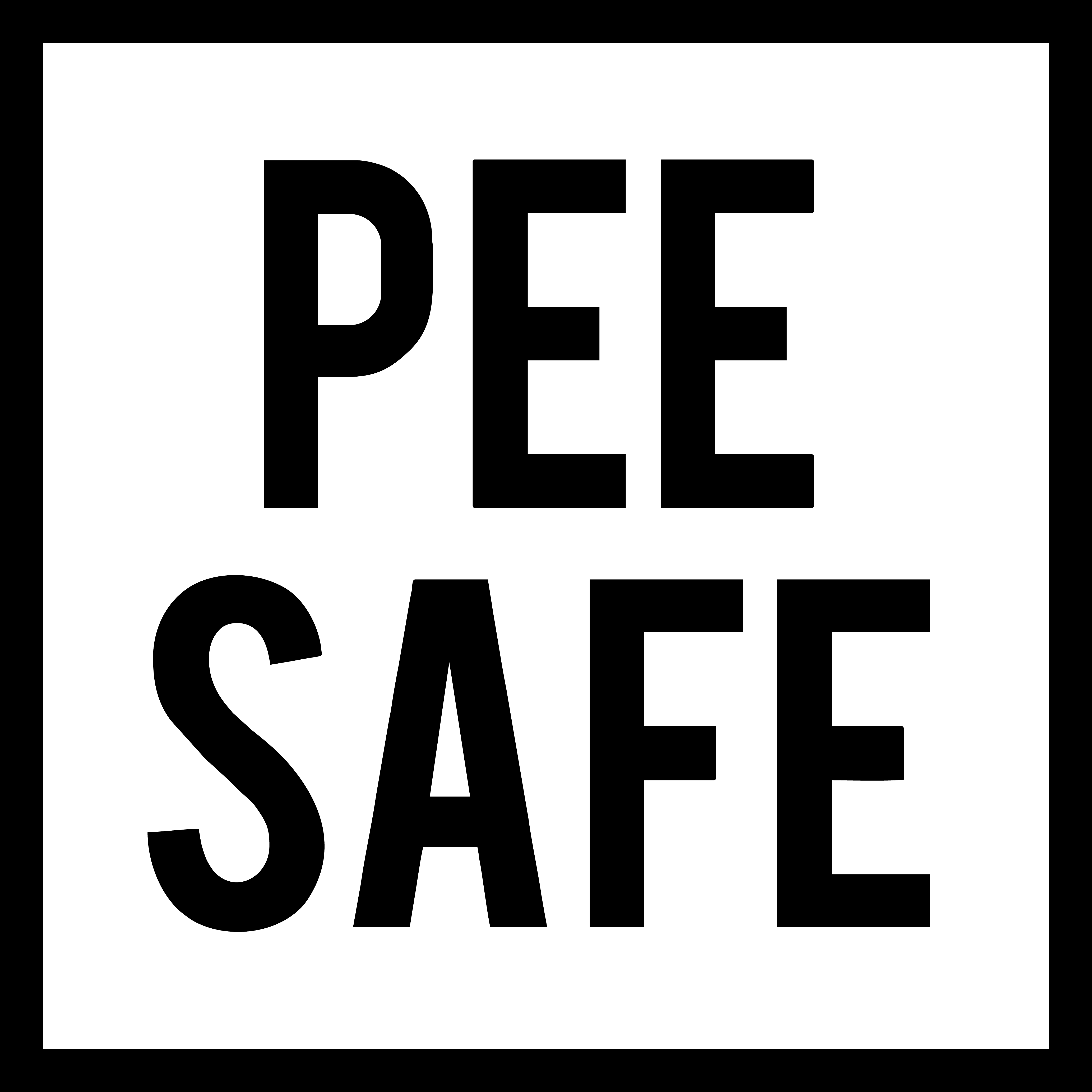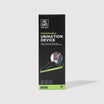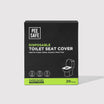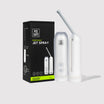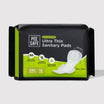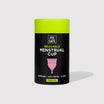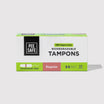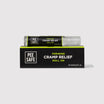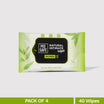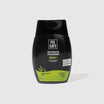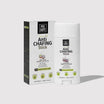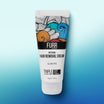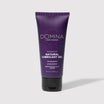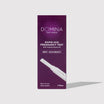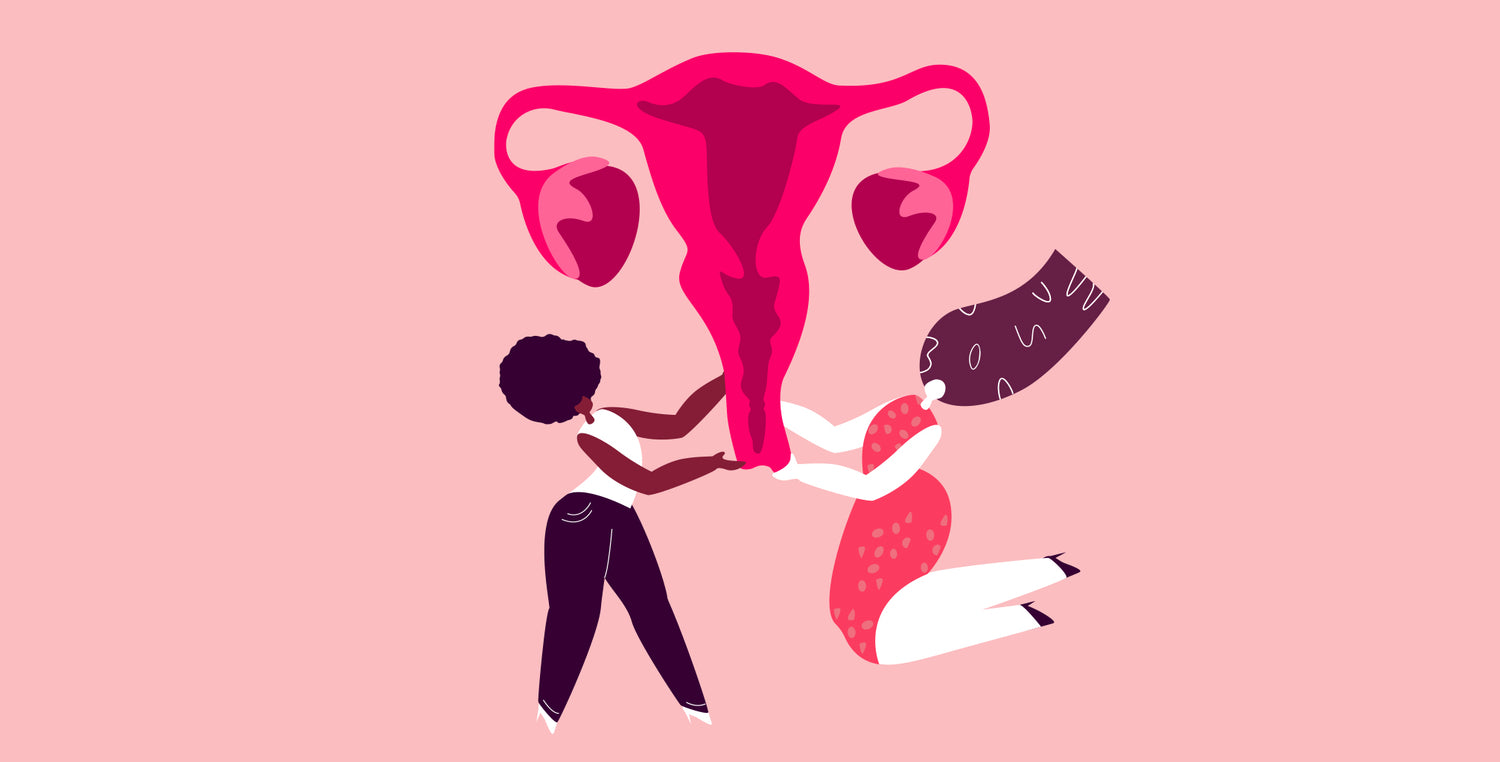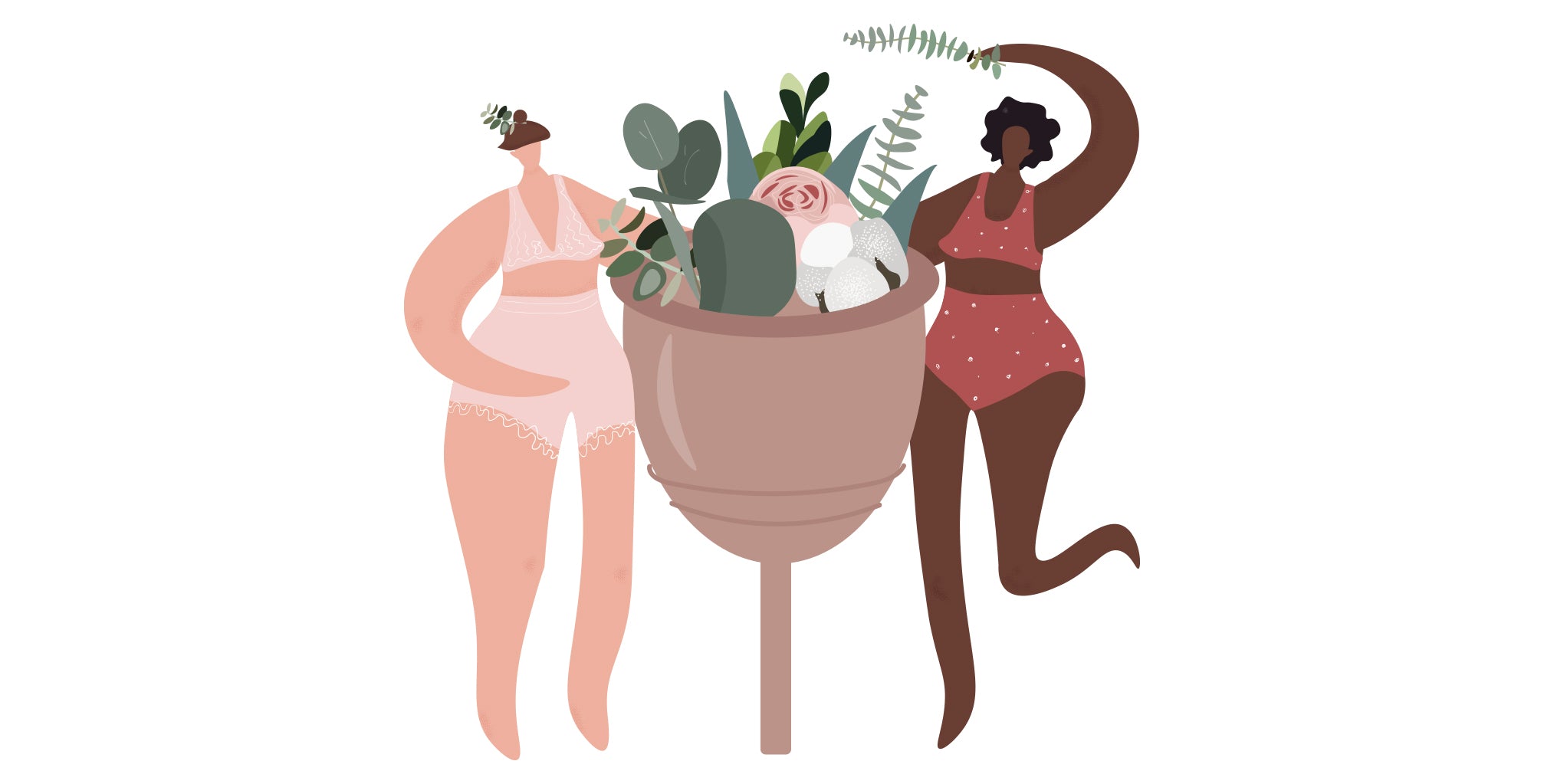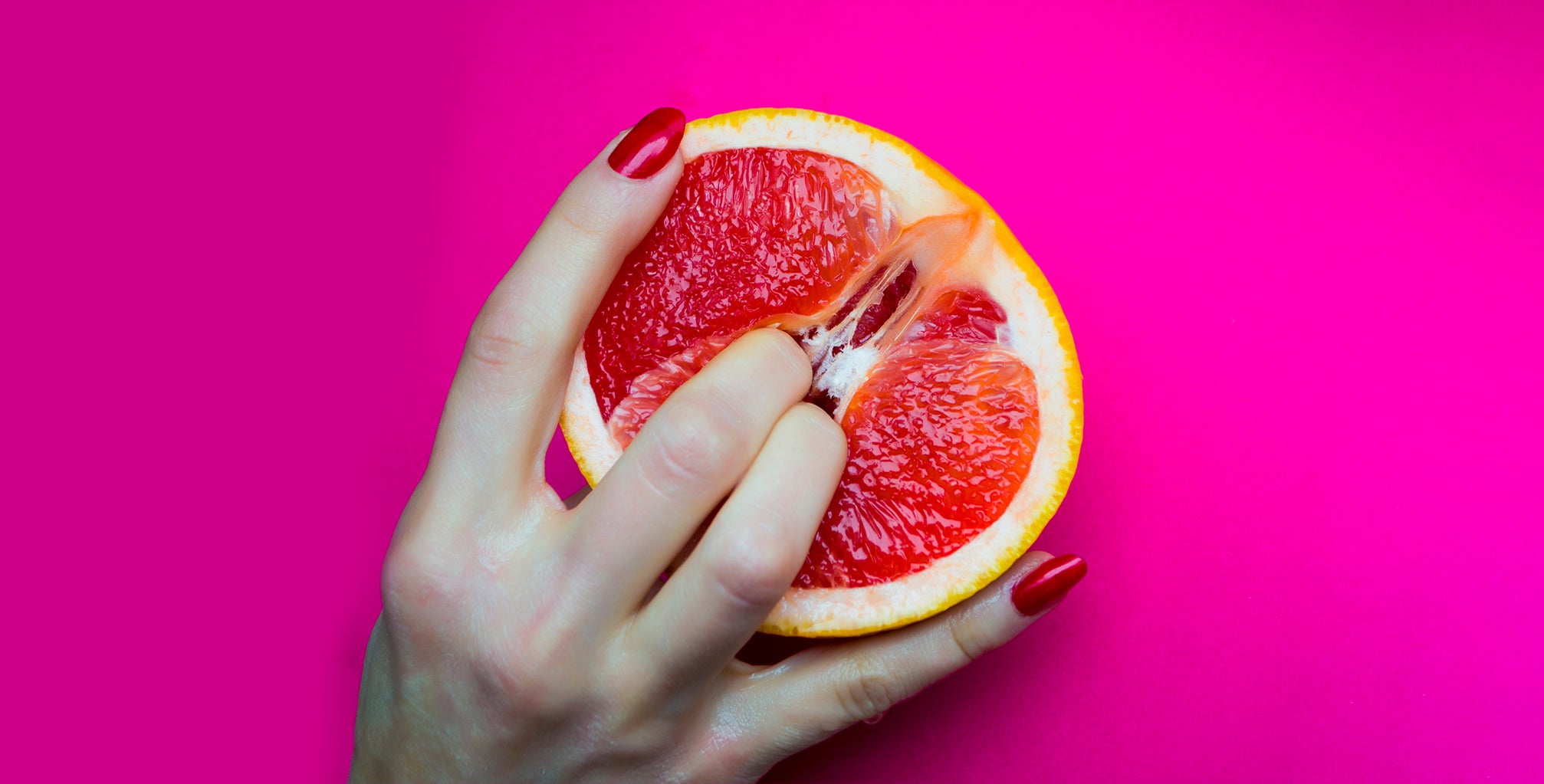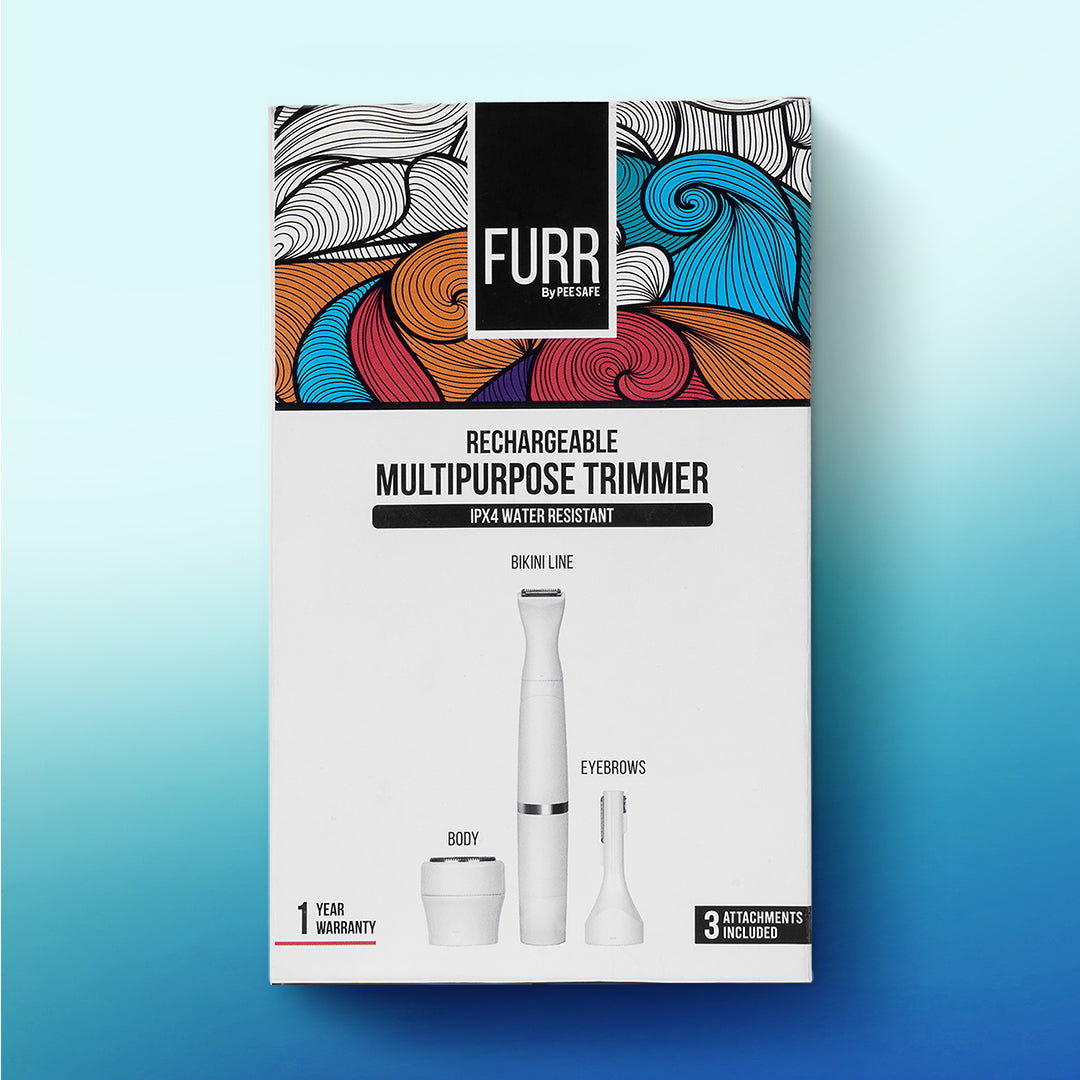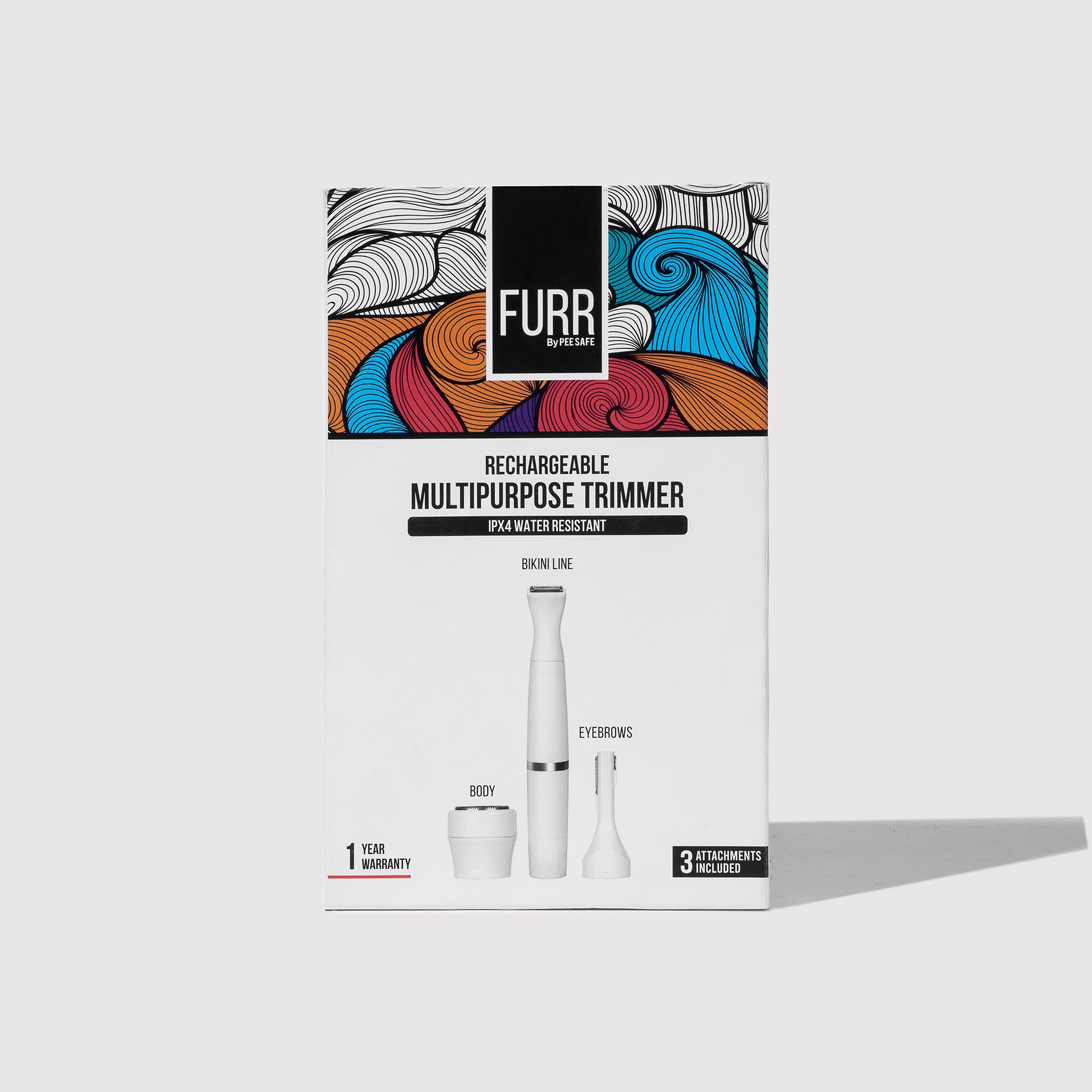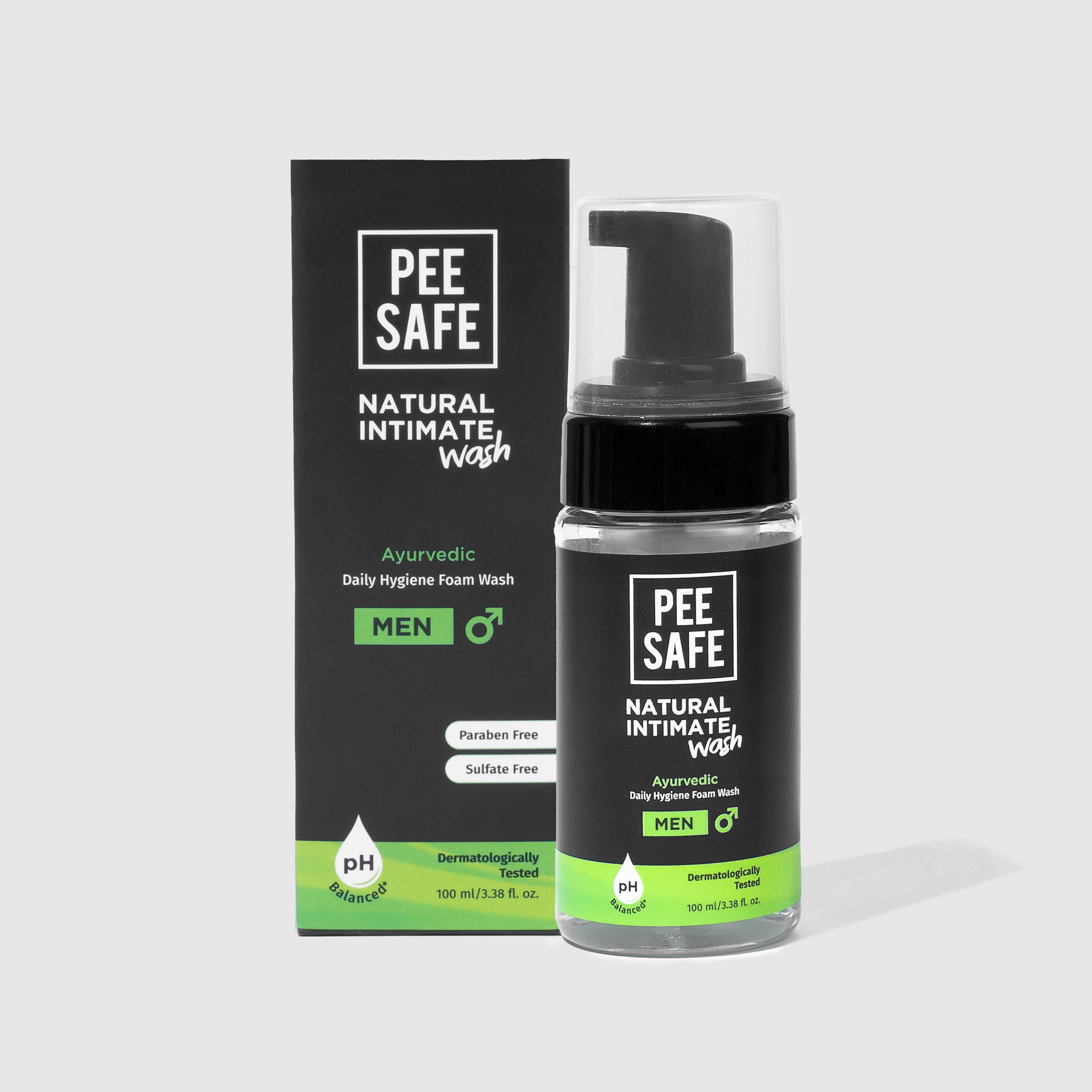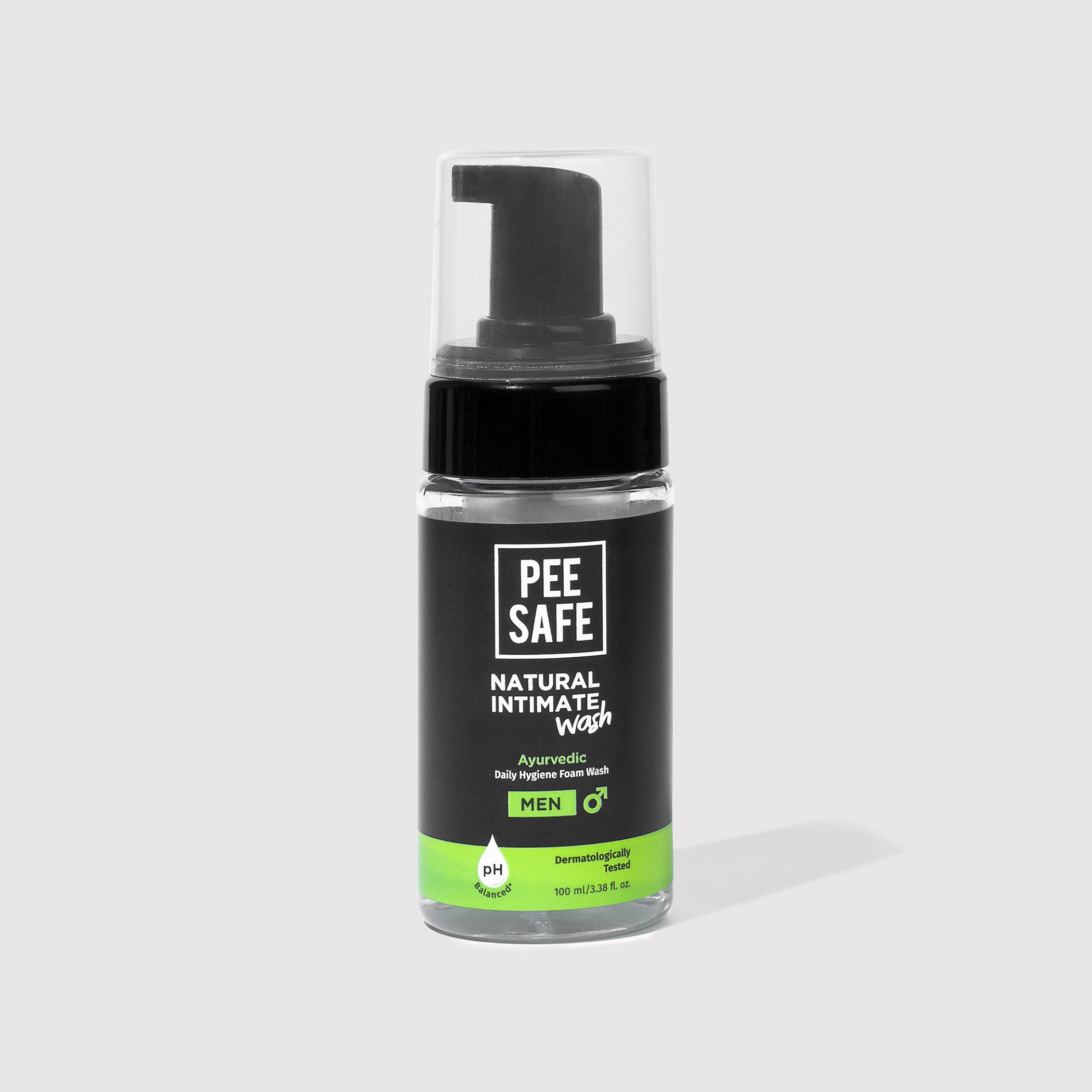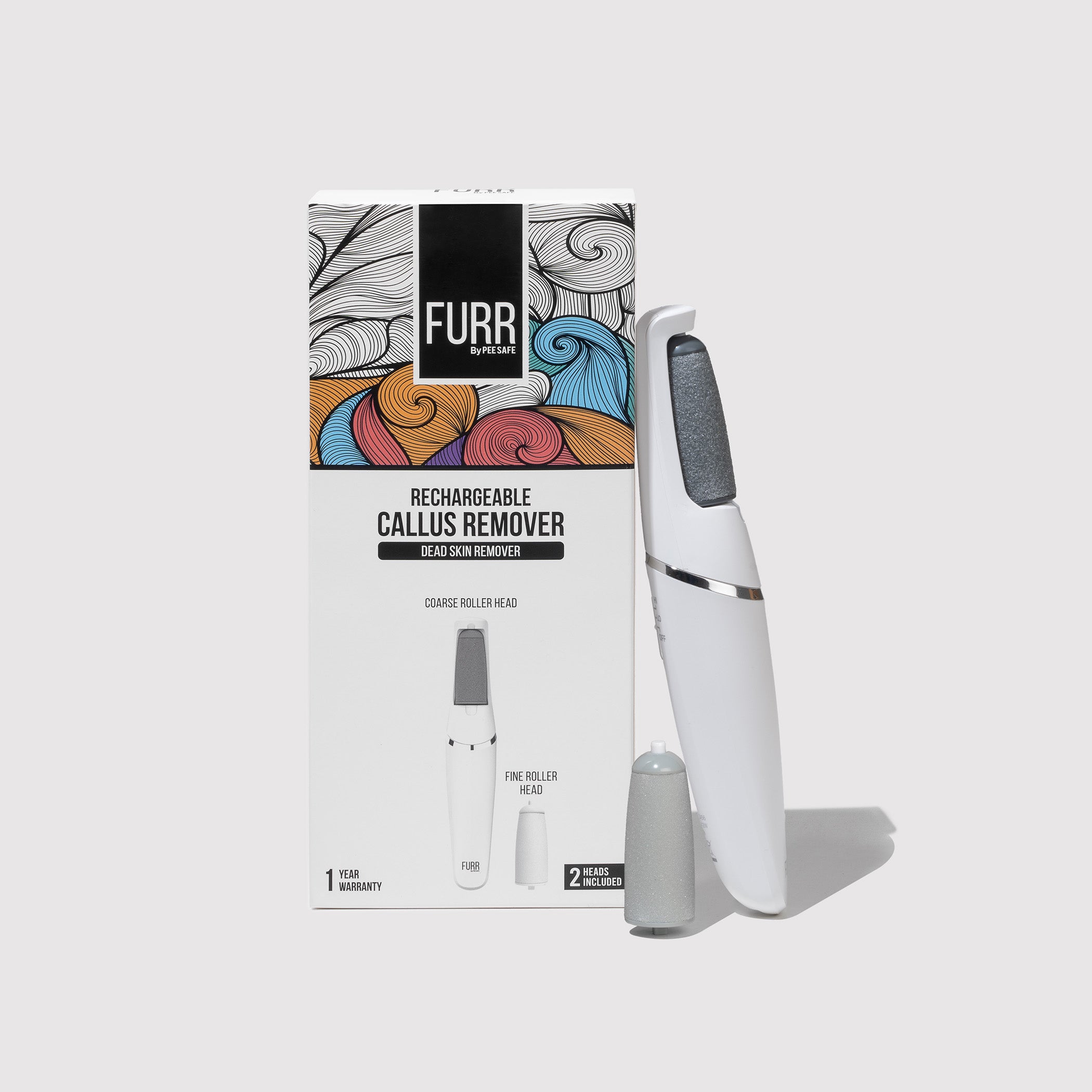Mistaken identities? What do you mean?
I know what a Vagina is! Wait a minute, I've heard the word Vulva, and it's a part of my, you know... the whole thing! So, what do you do... the female anatomy is as enigmatic as the female brain? That is why the Vulva has always been confused with the Vagina.
So, let's get this out of the way. Vulva is NOT the same as Vagina.
The vulva is the visible outer part of a woman's genitals. The size, shape, and colour of vulva can vary from woman to woman, and hey! That is completely normal. Vulva does not exist in isolation; it is part of a package.

Meet the Labia twins-
The outer labia, also known as the Labia Majora, is the most visible part and is covered in pubic hair (exactly where we scream during a bikini wax session.. yup, that one!) The Labia Majora's job is to protect the sensitive areas of the body. The Outer Labia is another set of labia known as the Labia Minora or the lnner Labia or “lips,” as we all affectionately refer to it, and it is present right inside the Labia Majora. This part of the labia feels and looks different; it is softer, wetter, and hairless, and it protects the urethra from external elements such as dirt and bacteria.

Then there’s Ms. Clitoris
The only part of a woman's body that is solely intended for sexual pleasure. It has over 8000 nerve endings (the penis has only 4000. Booyah Boys!). The Clitoris is a pea-sized mound that sits on the Labia twin's heads. Because it is a highly erogenous zone, it clearly deserves to be on top of everything (don't you think?!). After all, it serves an important purpose. Being an extremely sensitive zone, a clitoral hood keeps it slightly covered and protected. Did you know that clitoral pleasure is also a popular way to achieve an Orgasm if you aren't the penetrative sex leading to Orgasm types?

The vaginal canal, on the other hand, is a canal-like structure located within the labia. It is one of the internal female reproductive organs, along with the ovaries, fallopian tubes, uterus, and cervix. Now here's why Vaginas are so cool: not only do they produce their own lubricant (self-sufficient, I must say) when sexually aroused, but they can also expand to double their size during penetration. Isn't it amazing how a Vagina can accommodate a tampon, a menstrual cup, a penis, and, most importantly, push out a baby during childbirth? Another interesting fact is that the average vagina is 2.5 to 3 inches wide and 2 to 4 inches long, and it can stretch up to 200 percent because the vaginal walls are nothing more than muscles that contract when resting and expand when in contact with something. Isn’t it mind blowing?
Just like Vulva, Vagina comes with its own army personals.
G-Spot (or the Glee Spot!)
Let's just say the G-Spot is an exotic honeymoon destination tucked away in a remote corner of Vagina island that's a little difficult to find, but not impossible. It is a fusion of tissues located inside the front wall of the vagina and is known to be sexually sensitive in some people. When touched, the G-Spot can feel like a spongy mound and tends to grow slightly when aroused.

Uterus- the Mother Ship
Also known as the womb, this is the place where babies develop and grow until they are ready to be born. When a woman is not pregnant, her uterus has one more important job to do every 28 days until she reaches menopause. Of course, the mighty Periods. The Uterus, which is buried deep within your abdomen, provides structural integrity and support to the bladder, bowel, pelvic bones, and organs. It divides the bladder and the bowels.
Cervix – the connecting tunnel
It connects the Uterus to the Vagina by being the lowest part of the Uterus and acts as a tunnel between the two cities. The Cervix, which is made up of fibrous tissues and muscle, is the passage that expands during labour and dilates up to 10cms to allow the foetus to pass through.
Ovaries- the mood swing creators
Women have two ovaries, and their primary function is to produce healthy eggs that travel down the Fallopian tubes and into the uterus. These eggs settle here for a few days, hoping to meet some new friends called Sperm, ultimately, to make a baby. If not, the eggs disintegrate with the uterine lining (aka Endometrium) and are shed during the Periods. The ovaries also produce female hormones known as oestrogen and progesterone (men, take note, this is when you back off, like way off!)
This covers the entire length, breadth, and depth of Female Reproductive Anatomy. And, hopefully, you've figured out why Vulva is called Vulva rather than Vagina.
-
✍️ This article was curated by Divya Sethi.
